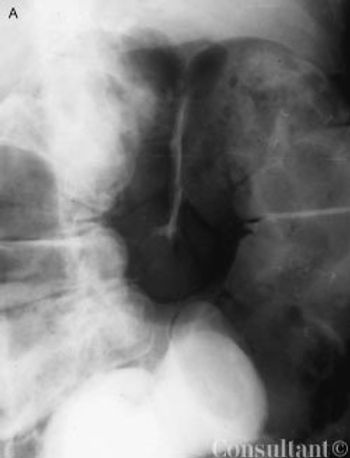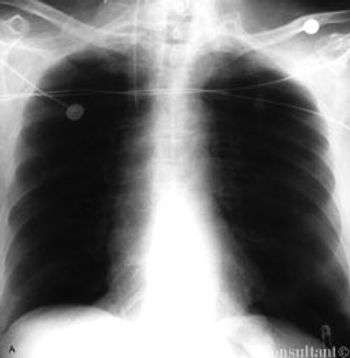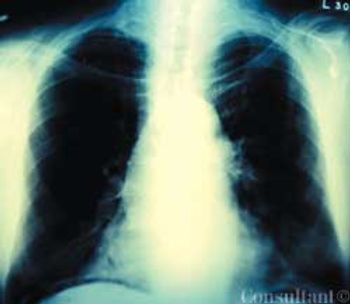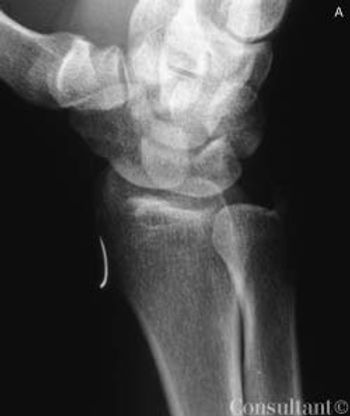
ABSTRACT: In high-risk patients with vascular disease, blockade of the renin- angiotensin system (RAS) can help prevent cardiac remodeling that ultimately results in left ventricular hypertrophy (LVH) and heart failure. Optimal treatment of these patients, who often have diabetes or renal disease, usually involves a combination of agents-1 of which should be a thiazide diuretic-to reduce blood pressure, control the comorbid condition, and prevent end-stage organ damage. The manner in which the RAS is interrupted may be important. For example, although a thiazide diuretic and an angiotensin-converting enzyme (ACE) inhibitor are recommended for hypertensive patients with LVH, an angiotensin II receptor blocker (ARB) in combination with a diuretic was recently found to reduce cardiovascular morbidity and mortality in these patients to a greater degree than a ß-blocker/diuretic. Both ACE inhibitors and ARBs delay the progression of diabetic nephropathy and reduce albuminuria. ARBs were recently shown to reduce progression from microalbuminuria to macroalbuminuria. In patients with systolic heart failure who cannot tolerate ACE inhibitors, an ARB can be used with a ß-blocker.




















































































































































































































































































